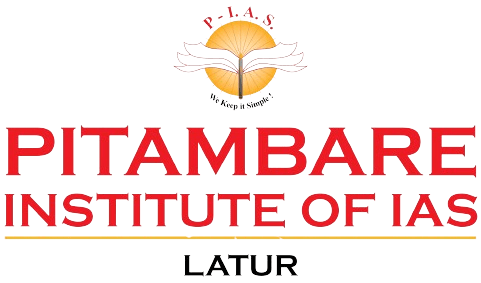25 November 2022
Kutia Kondh tribe
Context- Millets in the mainstream: how Odisha’s Kutia Kondh tribe rediscovered a palate for the ‘poor man’s food’

Major contribution of NIRMAN NGO
The Kutia Kondhs are a particularly vulnerable tribal groups in Kalahandi district, Odisha. They live in Lanjigarh, Thuamul Rampur, Madanpur Rampur and Bhawanipatna blocks.
The Kondhs worship nature like many other tribal groups in the country. Members of the community take turns to protect forests and wildlife that surround their houses.
Despite living in abject poverty and depending on natural resources for survival, the Kondhs do not use wood from the forests for fuel and also prevent illegal tree.
Issues
Apart from hunger, the tribe faces several other development challenges such as illiteracy; lack of access to basic services like schools, health, nutrition, employment, land ownership; low agricultural production, lack of institutional credit and access to non-timber forest produce (NTFP).
The social structure is well-organised and unified in a Kondh settlement and co-operation is remarkable. The families are mostly nuclear and patriarchal in character.
Women, however, play a relatively big role in the collection, processing and sale of non-timber forest produce. In addition to housekeeping and child care, female members across age groups perform most of the domestic work except fuel wood collection.
Adolescent females of the tribe usually live separately from the rest of the members at ‘youth dormitories’. The practice, however, is gradually losing importance.
Initiatives
A few primary schools have come up in these villages due to government intervention and the current batch of students in these schools is the first generation of learners in the community. Efforts by the government and welfare organisations have also resulted in the gradual transformation of the community’s social life and infrastructure.
Agriculture and animal husbandry
Shifting cultivation, or slash-and-burn agriculture, is the primary source of food for the tribal communities in the area. The Kondhs call it dongar chaas or podu chaas.
The major crops cultivated in the shifting cultivation system are minor millets like ragi (finger millet), kosala, kangu with arhar as an intercrop.
Nutrition and sanitation
Hidden hunger and starvation-like situations are endemic to Lanjigarh block, where almost a quarter of the district’s Kondhs live. Here, the tribal people are constantly living in hunger for almost eight months in a year.
The community diet is primarily carbohydrate-rich mandia pej (ragi gruel) with very little diversity, or rice with salt, tamarind water and green chillies. Only a few households are able to afford pulses and vegetables.
Women, especially single women, widows, old people without care givers, infirm, people with disability and children are the most vulnerable groups facing chronic hunger and food insecurity for almost five months in a year.
The poorest households avail government scheme top distribute rice at Re 1 a kilo troughout the year and ensure part of their household level food security and survival.
Anaemia rates are precariously high among adolescent girls and women (over 68 per cent in Lanjigarh block). The rate of child malnutrition is high in Lanjigarh block with 43.5 per cent underweight, 47.9 per cent stunted and 20 per cent wasted children. Prevalence of nutritional anaemia in children under five years is 74.3 per cent and in pregnant women is 49.7 per cent.
Most households practice open defecation. Drinking water especially during the summer months is a problem in most tribal settlements due to drying up of tube wells.
Culture
Burlang Yatra, a traditional annual festival of the Kutia Kondh tribe
| Data Point Record high drop in the immunisation for measles in children 40 In million, the number of children missing a measles vaccine dose last year, since the coronavirus pandemic began, the World Health Organisation and the U.S. Centres for Disease Control and Prevention informed. |


(4) Comments